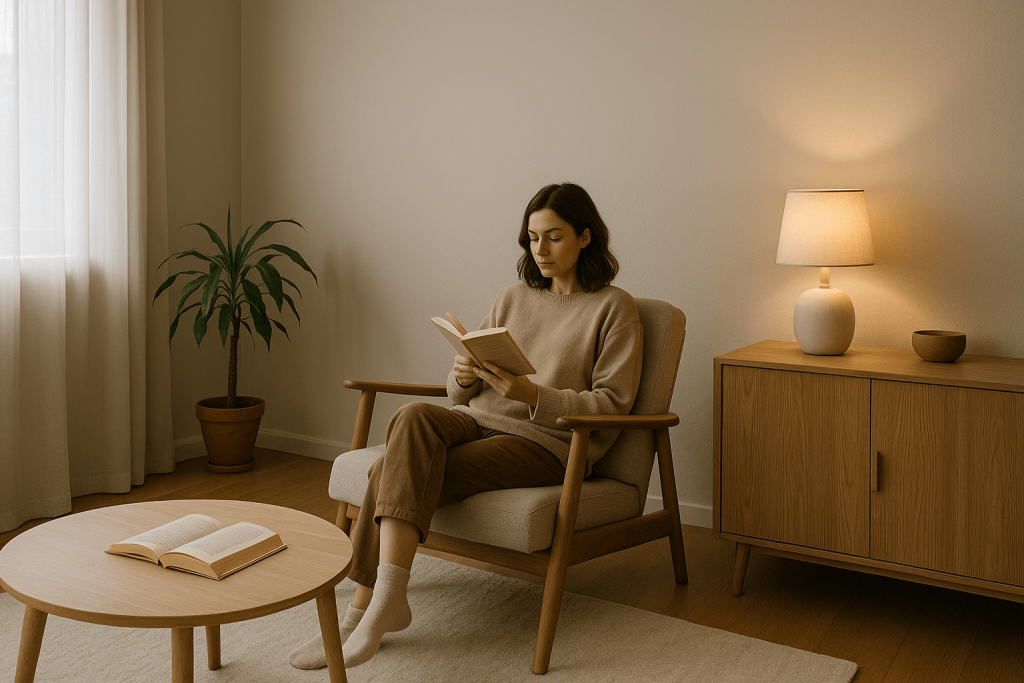Low-Stimulation Zones: Designing Spaces for Mental Recovery

Your mind is constantly bombarded by information—from screens, notifications, lights, noise, clutter. Over time, this sensory overload taxes your focus and elevates stress. Enter the low-stimulation zone: a calm, curated space designed to help your brain exhale.
Unlike a full room makeover, low-stimulation design focuses on reducing cognitive load. It’s not about bland minimalism—it’s about balance, comfort, and cues that signal rest and reset.
How to Create a Mental Recovery Zone:
- Neutral colors and soft lighting (warm bulbs or candles)
- Decluttered layout with hidden storage or minimal items
- No screens or tech interruptions
- Soft textiles and natural elements (plants, wood, organic cotton)
Ideal Spaces for Low-Stimulation:
- Reading nooks with blankets and no noise
- A corner with a yoga mat, diffuser, and dim light
- The bedroom—only for sleep and intimacy, not emails
Boundaries = clarity. Even if it’s just one chair in one corner, this intentional space helps restore your nervous system and shift from overstimulation to stillness.




